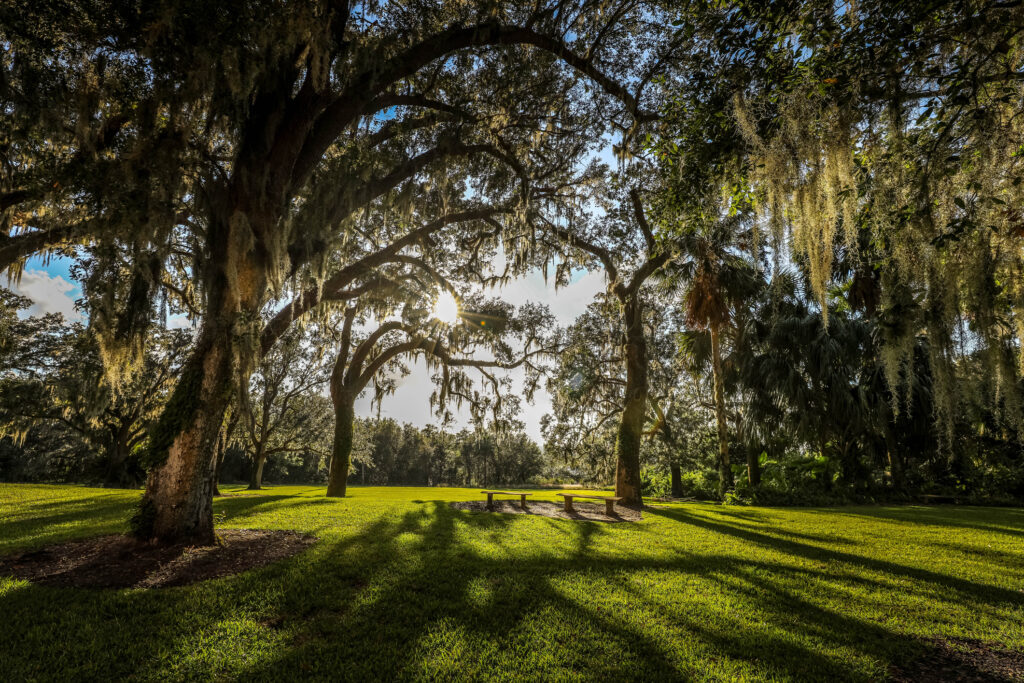NOTEBOOK – ONE GOOD READ: What we can learn from softball-sized hail in Argentina

CHRIS CONETZKEY Aug 13, 2020 | 8:14 pm
1 min read time
351 wordsAll Latest News, Business Record Insider, Energy, The Insider NotebookI’ve always been interested in weather. The running joke with friends/colleagues/family is that because I took two meteorology classes at Iowa State, I’m basically a weatherman. I’m not, but I often pretend to be. This week’s derecho had me reflecting on a long story that just published in the New York Times Magazine about a group of Midwest meteorologists who went to Argentina to study extreme storms that have been battering a rural plains region with softball-sized hail, winds and huge rain events. At the core of what they were trying to learn was just how powerful can storms be. What they found were storms stronger and more quickly forming than previously observed. The storms they observed in Argentina are called — warning, nerd alert — mesoscale convective systems (MCSs). Those storms had updrafts up to 60% larger than North American MCSs, and while most of the North American MCSs form in four or five hours, one of the storms they observed materialized in less than 30 minutes. So why am I sharing this? Well, as we saw this week, large storms that form quickly and relatively unexpectedly can be awfully disruptive for lives and business. And, those Argentina storms are fueling thought among a growing group of meteorologists that climate change is requiring a “radical rethinking” of meteorology’s core concepts, including just how fast storms can develop and how strong they might be in the future. From the article: “As a discipline, meteorology is based on the idea that the climate is a constant; within each year, season or day, only a certain number and range of variable weather events are possible. But because that constant has itself become a variable, [severe-weather expert] Steve Nesbitt thinks the field needs to take a big step back and begin again with the basics: close observations of how storms develop and behave.” As an agricultural and insurance-heavy state, if the constants are potentially changing, and storms can be stronger, faster-developing and more frequent, that’s certainly worth us gaining a better understanding. Here’s the full story, also available in audio format: NY Times Magazine









